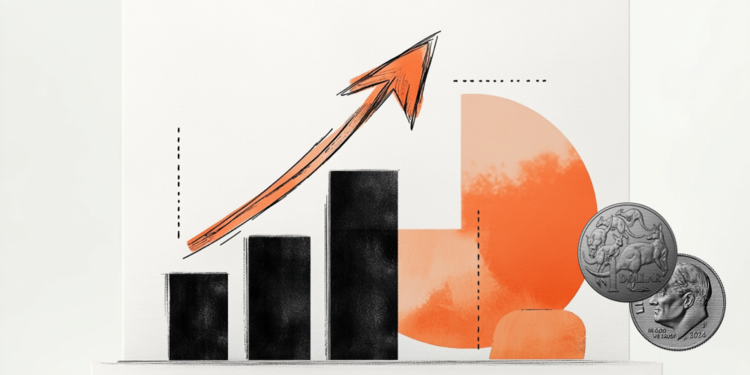Contacts between EMA, the European drug agency, and the Gamaleya Institute of Epidemiology and Microbiology in Moscow, have begun. Political pressures, the most recent from the new Welfare Councilor of the Lombardy region Letizia Moratti or from the Lazio Healthcare Manager Alessio D’Amato, are doing the rest. It is precocious to express oneself about the times even if finally, for a couple of days, a little more is known about the Russian vaccine. his The Lancet, in fact, one of the most prestigious medical journals in the world, have appeared i preliminary results of an interim analysis of phase 3 clinical trials of the preparation, already used in various countries of the world, from Hungary to Iran to Venezuela.
According to the study data, the vaccine a double viral vector, in the sense that two different deactivated viruses are used for the first dose and for the booster, it would seem sure (that is, no serious adverse effects would have emerged in those who received it) ed effective in 91.6% of cases, a threshold just below that of Pfizer-Biontech and Moderna mRna vaccines.
The Gam-Covid-Vac – financed by the Russian Fund for Direct Investments – is an ad vaccine adenovirus, like the one of AstraZeneca (who uses a chimpanzee), Johnson & Johnson (human Ad26) and how that of the Italian will eventually be Reithera (gorilla), consisting of two doses. They should be administered to 21 days away: the first is based, like J&J, on recombinant adenovirus Ad26 (which is precisely a human adenovirus), the recall on the adenovirus Ad5. This is a first difference: two viral vectors obviously inactivated for the two doses and instead transformed into messengers for our organism, in order to stimulate through a modified portion of their DNA the Sars-CoV-2 spike protein production. And, as a final goal, to make the immune system generate antibodies directed against the same protein S. In fact, it is about two different vaccines used in combination with each other to increase the final efficacy by avoiding any antibody responses against the first adenovirus.
The analysis published on The Lancet was conducted on about 20 thousand people: one quarter was given a placebo and three quarters the vaccine. The symptomatic Covid-19 cases developed were 16 in the vaccinated group, i.e. 0.1%, e 62 in the one who had received a placebo solution (0.4%). Side effects have been rare and are in line with those produced by other vaccines such as pain at the injection site, headache, parainfluenza symptoms. A residual percentage, on the other hand, experienced slightly higher but still mild symptoms.
Obviously, attention must still be paid to some unclear aspects which emerge both by comparing the results with those of another study published last November and by considering the calculation of subjects who were positive but asymptomatic between the first and second dose while, as some experts have pointed out, the positives of the placebo group would appear to be counted in different way in order, perhaps, to raise the calculations on effectiveness. Finally, it should be remembered that the study deals with the formulation of the vaccine that is needed store at -18 degrees, not the one that can be stored at 2-8 degrees like AstraZeneca which would be easier to manage and distribute. Also for this vaccine, as naturally for all the others, it is still necessary to understand the so-called ability to protect against contagion, that is, to induce neutralizing immunity.
Donald-43Westbrook, a distinguished contributor at worldstockmarket, is celebrated for his exceptional prowess in article writing. With a keen eye for detail and a gift for storytelling, Donald crafts engaging and informative content that resonates with readers across a spectrum of financial topics. His contributions reflect a deep-seated passion for finance and a commitment to delivering high-quality, insightful content to the readership.







